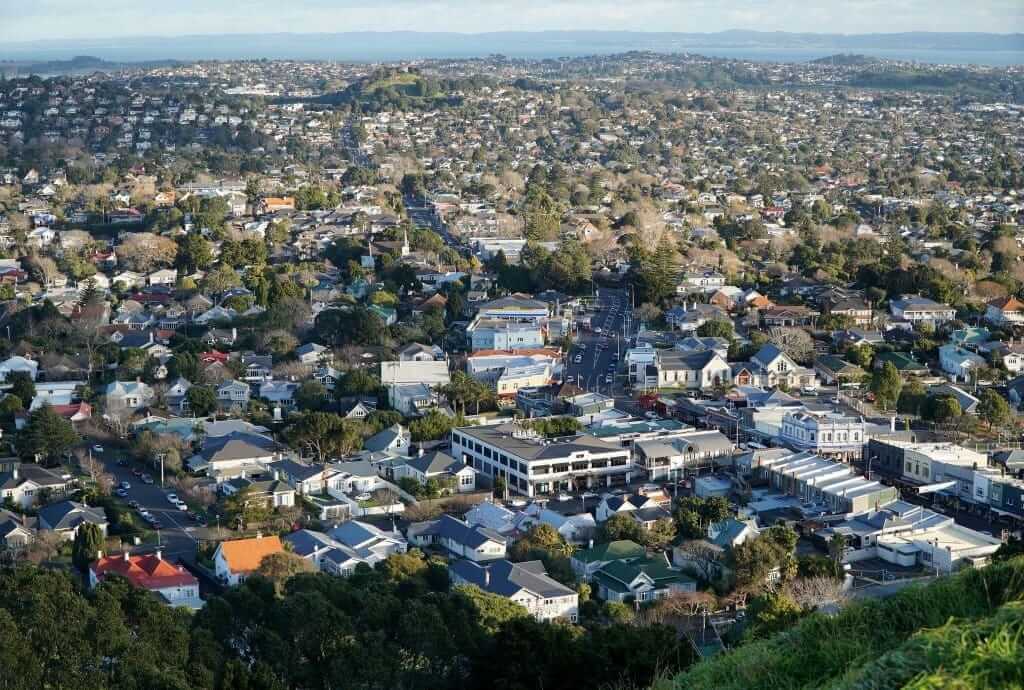Summarised by Centrist
The National Emergency Management Agency (Nema) has released an eight-phase strategy to prepare for and respond to solar storms. Nema’s plan outlines steps for operational readiness, initial response, and long-term recovery.
The plan also addresses increased crime, health risks from food spoilage, and limited access to clean water during outages.
Solar storms, triggered by events like solar flares and coronal mass ejections, pose no direct harm to humans but can cause severe disruptions. The plan includes possibly declaring a state of emergency, issuing mobile alerts, and safeguarding the electricity grid.
Messages drafted for mobile alerts warn of up to six days without power, urging citizens to use phones sparingly and rely on AM radio for updates.
Nema director John Price warned, “A significant space weather event will disrupt critical infrastructure and essential services, preventing communities from accessing essential goods, and potentially impacting the ability for society to function as we know it.”
Tom Wilson, Nema’s chief science adviser said that readiness for solar storms aligns with general disaster preparedness
“Turning off parts of or all of the electricity network in an extreme event is severe but might be necessary to protect the grid,” he said. Transpower is already monitoring space weather for such scenarios.



















